Conquer the Hill: Tips for Running Hills
I admit it. I don’t like hills. As in, I really, really, really don’t like hills. I seek out flat races. I mentally rejoice on flat terrain. Nature’s sloped surfaces are my kryptonite.
Yesterday, I went for an 8-mile run with Mr. rUnladylike through Yosemite National Park. It got me thinking about hills. It was a run of epic proportions – straight out of the pages of a running magazine. As we chugged up some rather steep sections, I nearly forgot about the hills once we got to the top and saw (and felt) the payoff.
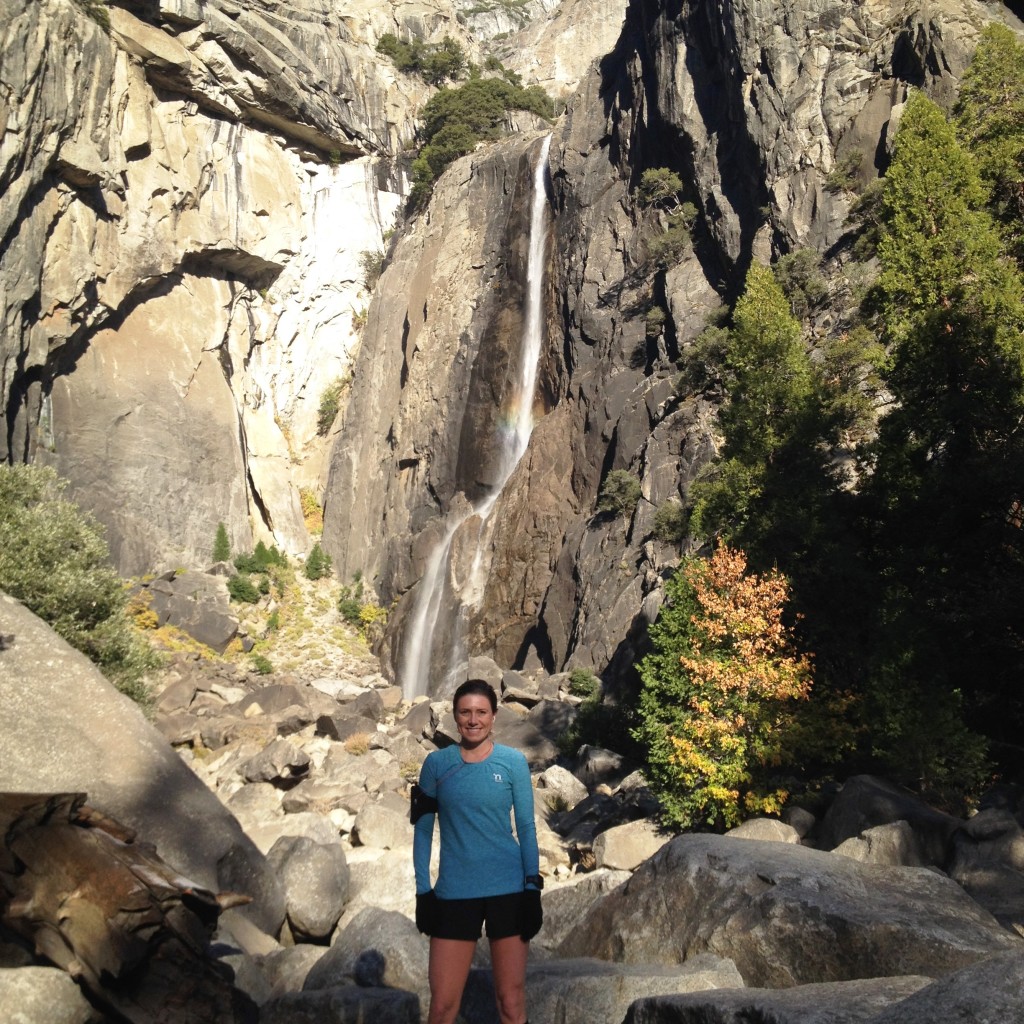
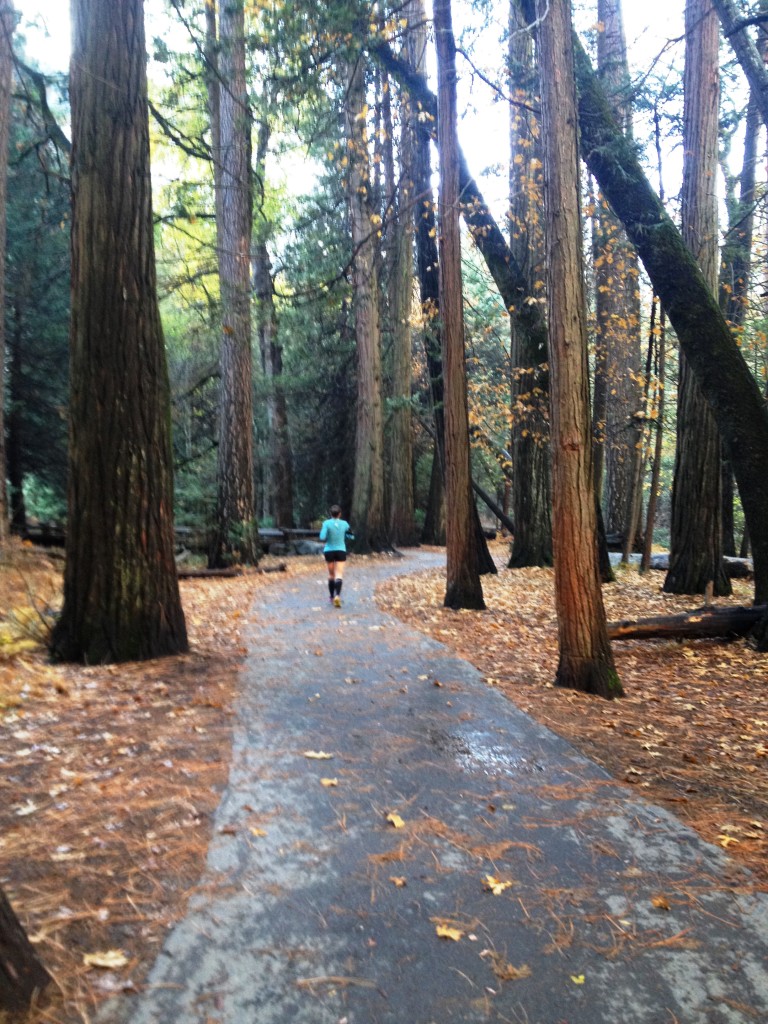
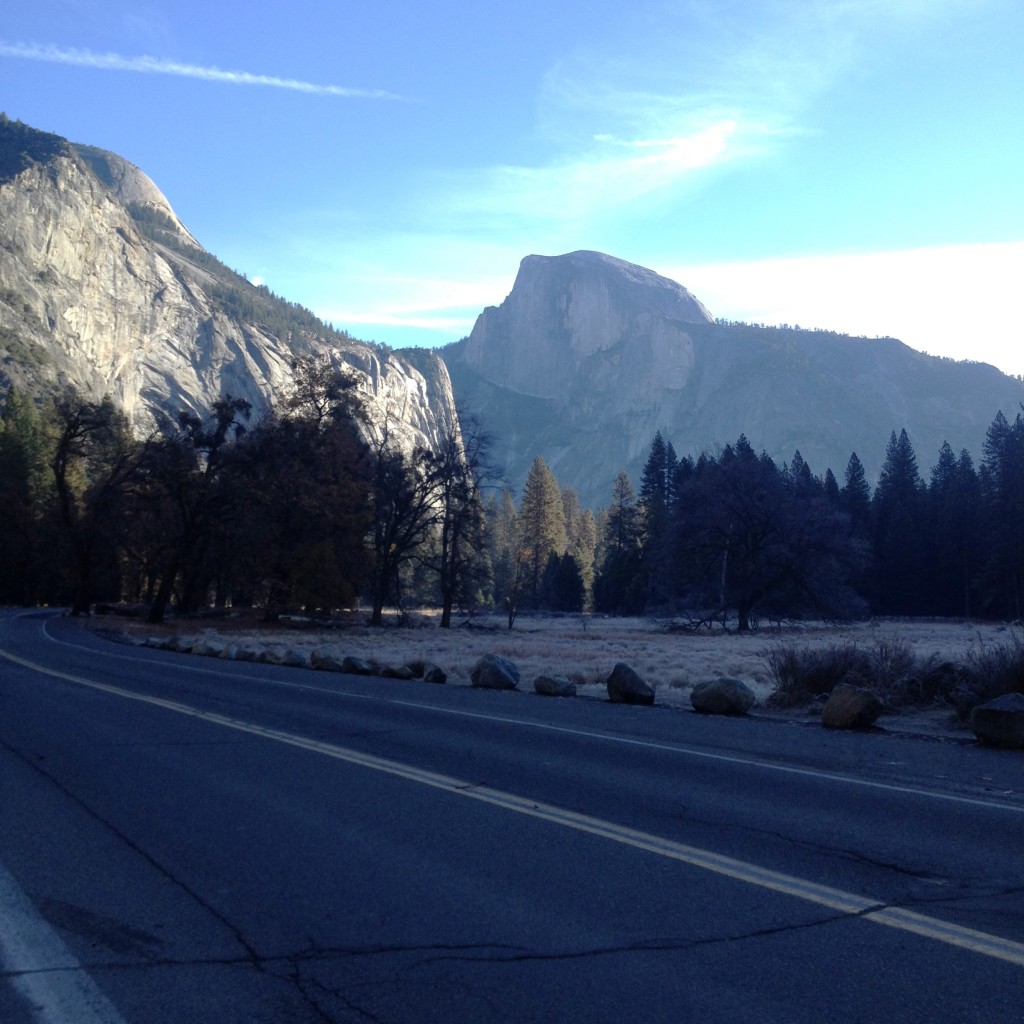
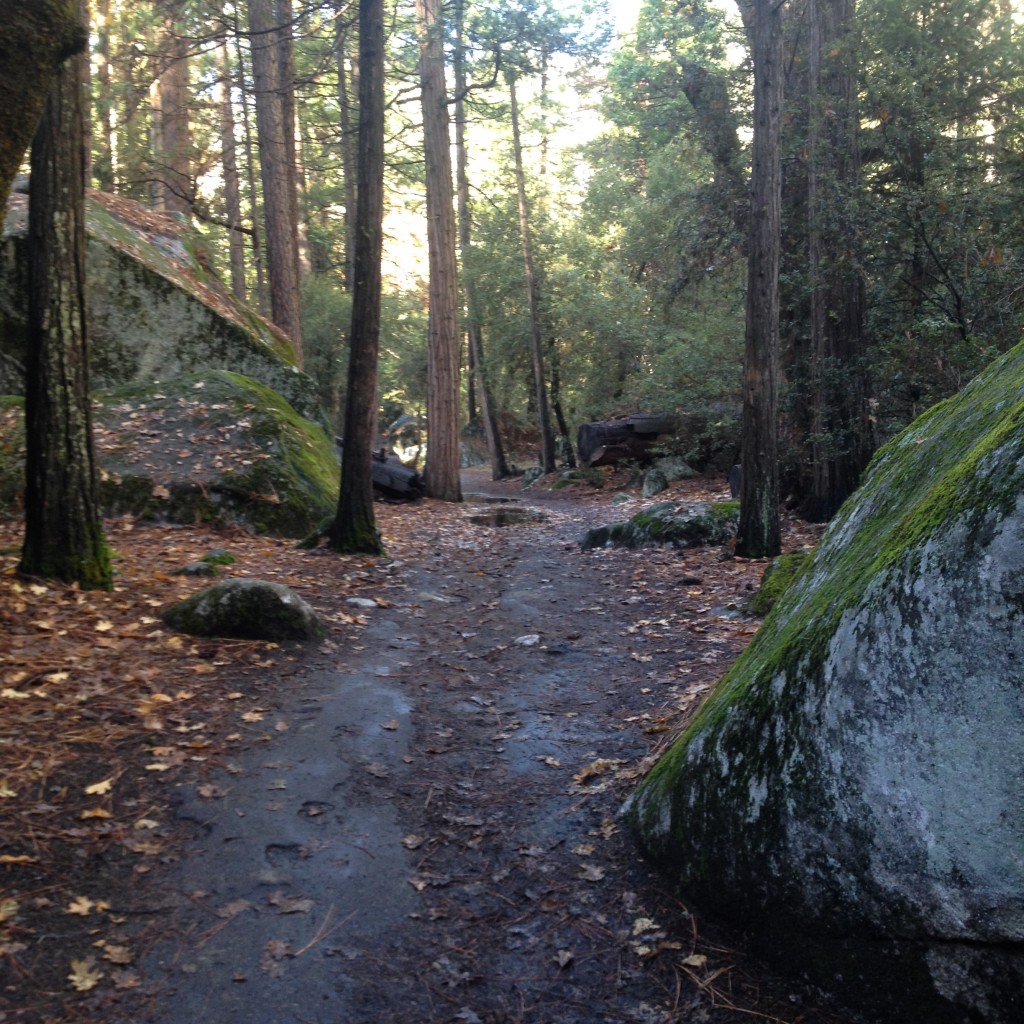
Conquering hills definitely takes physical strength, but overcoming our mental hang-ups with them is equally as important.
2014 has been a turning point for me when it comes to hills. I ran 3 extremely hilly races this year at my own volition, and in 2 out of 3 of those races, I ran a personal best time. I thought I could never do that. I have literally made myself believe I “can’t” run hills. There is something extremely powerful when you conquer a hill and realize you’re still strong at the top – that it didn’t beat you. Every time we conquer a hill, we get a little stronger and a little fiercer, especially on the inside.

The Proper Form for Running Hills
Having the proper form while running hills can help improve your efficiency. Here are a few things to keep in mind:
- Keep your stride short and your knees up when running hills. This will increase your strike frequency and hopefully leg speed. When I first started training for marathons, my group coach at the time would always remind us to think about “short choppy steps.” To this day, I always repeat those three words when running up hills. Short choppy steps. Short choppy steps.
- Stay on the balls of your feet and bounce off your toes for momentum.
- Pump your arms to give yourself added momentum while running hills.
- Keep your body straight. Avoid leaning forward or hunching over, which can feel like a natural thing to do. Pretend your head is being pulled by a string straight up into the sky.
- Keep your upper body relaxed. Try not to tense up your muscles.
Hill Training
Most runners can see adequate improvements running hills by naturally incorporating them into their everyday runs and running routes. Some runners may choose to also add hill repeats to their training, which can help build an increased capacity to tolerate hills and improve overall running ability.
If you choose to incorporate hills into your training regimen, there are a few things you should keep in mind:
- ALWAYS do a proper warm up before starting a hill workout. You can read more about how to properly warm up with jogging and dynamic stretching here. You also want to make sure you properly cool down after as well.
- AVOID workouts like hill repeats IF you are experiencing any pain in your calves or Achiles. Hills can add to these strains.
- In a 16-week marathon training program, the best time to incorporate hill workouts is between weeks 5 through 12. However, regularly incorporating hills into your everyday running routes several times a week is also appropriate.
- Hill repeats can be done on short hills (such as 30 to 100 meters in length) or longer hills (500 to 1,000 meters in length). These can be treated similarly to speed workouts, in which you charge up the hill at a fast pace (think 90 percent effort) and walk or jog back down while your heart rate returns to normal. You may choose to do 6 to 10 repeats on a shorter hill, while 3 to 8 are more appropriate for longer hills, gradually increasing reps as your training weeks continue.
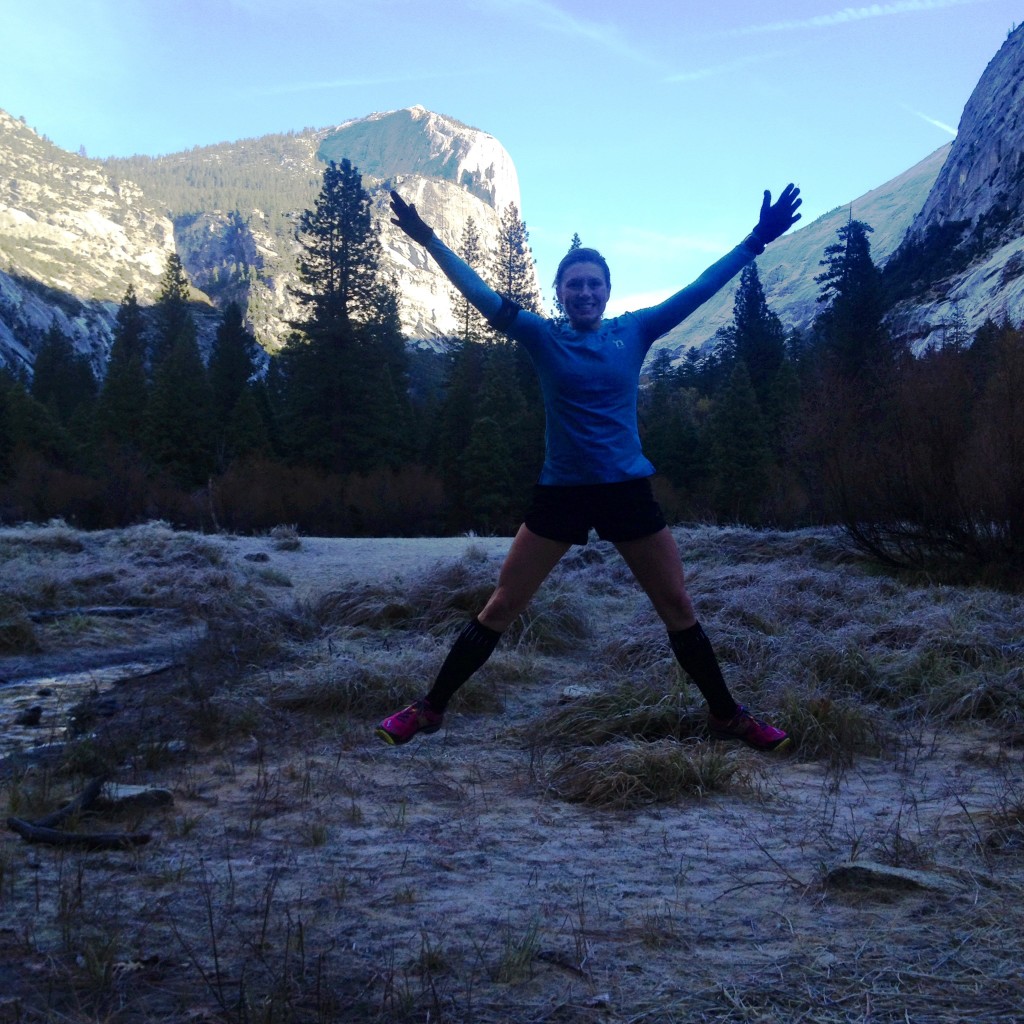
Running hills: Do you love them or hate them? What is the hilliest race you have ever run? Do you have any tips to add to this list?



Comments
Hills don’t bother me, but if I had to choose, I’d do a race without them. I always have to think positively when I’m running hills. If I’m thinking “this sucks” as I’m running up a hill, it probably will suck. If I’m thinking “I own this hill” (or something like that), then its considerably easier.
I agree Sarah! I always repeat “I kill hills” over and over in my head as I’m running them 🙂
Awesome post Jesica! Love the pictures! What restaurant have you had the best food? Remember to add it to your Besty List! http://www.thebesty.com/runladylike
I actually really enjoy running hills weirdly enough! Because if you train for it an uphill isn’t that hard, and then when you get to the top you have a nice downhill reward!
I believe hills are generally more of a mental hurdle than physical. Yeah they aren’t easy physically either, but mentally if you are prepared for them or, are use to them or train on them frequently, it generally is not that big of a deal.
Hilliest race for me? Salt Lake Marathon. 1,345 feet in elevation gain. OUCH!
http://fetchindays.blogspot.com/2014/04/salt-lake-marathon-review.html
I agree Tim. It has taken me a long time to mentally “get over them.” Salt Lake Marathon sounds intense. 🙂
Once a running coach told me:” Shift down to a lower gear, make small steps. You wouldn’t drive your car up a steep hill with forth gear, right? So you stay cool and strong, and the ascent won’t kill you.” Now I think positively about hills
Great tips, Jesica! I’m planning to run a grueling HM next May in Styria, Austria. Me too, always kept saying “I can’t”, but now I want to prove myself that “I can”!
Great advice from that coach Gabrielle. Thanks for sharing it with us. You will rock your race in Austria!!!
Great tips Jess. Here in SoCal there is very little opportunity to run anything that is completely flat… at least in my surrounding area, so these tips come in will come in handy. 😉 Hope you and your family have a wonderful Thanksgiving! xoxo
Great topic and advice. Hilliest race: the Atlanta Marathon. The downhills were brutal, destroying my quads and knocking me way behind goal pace. This pounding taught me that form is as important downhill as it is uphill. For me this means running as “neutral” as possible, leaning gently into the downhill, short strides, and mid-foot strikes. All of this intended to avoid “braking” with the leg muscles. Happy Thanksgiving to you and your family!
The Atlanta Marathon is brutal! Even the half is so tough. Excellent point about downhills, Paul! Trying to keep your legs underneath you as opposed to in front of your body as you strike the ground downhill can help as well and knees up. Great tips. Happy running!
Great post!! I love hills. Rolling hills!! I seem to do better on hillier courses than flat courses!! Who knows. Super weird!! 😉
Love me some hills:) Great post, especially the tips on form, so often runners lean towards the hill and hunch over and lose all the power from their glutes. Drive up from the glutes, so key!
Sounds like you’re ready for the Flying Pig Marathon in Cincinnati, OH. Known for its hilly course.
Thanks so much for your hill running tips! I’m training for my first marathon and it’s going to be a hilly one. Not sure what I’ve gotten myself into!
Congrats on training for your first marathon Jen! That’s super exciting! I’m glad these tips were helpful to you. I hope you’ll let me know how your race goes! Good luck on all those hills! xo
The Frozen Snot stats are just vertical gain. grades are about 40-45%
In Lock Haven Pa, always held on or around Jan 25th, which is typically the coldest week of the year. I’ve done this race twice, once during a blizzard and once during freezing rain. No one is permitted on the course without micros pikes and poles are highly encouraged. I run about 10 trail races a year and various 5k/10k’s. This is THE TOUGHEST one I’ve ever done…I always say never again but like child birth, I seem to forget how painful it was. Lol!!!
Length: 13.5 +/- miles
Total Elevation Gain: 5,600 + feet
Elevation Gain Per Mile: 407 feet
Toughest Single Climb: 1,300 feet (The Beast – ground distance 2,900 feet)
I have recently become a runner. I am a complete newbie and am so amazed by what people can do out there on the trails. The most I have been able to run is 2 miles. What I have discovered is that I absolutely HATE running on a flat surface. I find the ups-and-downs of a hilly trail addicting!! Everytime I push myself up these hills I think, “I am not going to do this again! Why am I doing this?”, but sure enough, a day or two later I am out there for more. I am fortunate to live right up against a huge trail network. My biggest problem is that I work late at night and it is hard to get up early enough to beat the southern California heat. I am hoping that once fall/winter comes I will be able to push myself to run even longer in a cooler temperature. Running hills in 85 degrees, with no shade and lots of dry dust can make breathing a challenge. And yet, I am still out there 3-4 times a week. There is something about running this challenging trails that makes you want to get out there and do better than you did before. When you are running on a flat surface, sure you can increase your speed or go for a longer distance, but hills keep your body guessing and you can never get bored, Personally, I love them!
Thanks for the tips. I honestly enjoy hills and love the challenge they present. I love running trails and can’t find a hill-less run unless I stick to a high school or middle school track. Even park tracks here have some hill. However, running my first full marathon in Raleigh yesterday, I was not a huge fan of 26 miles of hills. Any tips for running downhill. Racing and training runs up to 13 miles I can easily use gravity to pick up some speed but after 13 miles, my feet are taking a pounding and going downhill hurts.
Hi Anna! Congrats on your first marathon! How exciting. That is a HUGE accomplishment, especially on a hilly course! I think you raise a great question about tips for running downhill that many runners could benefit from. With the Boston Marathon coming up next Monday (4/18), now would be a great time to talk about downhill running, as the first part of that race starts downhill. I will see if I can post a piece about downhill running in the next week inspired by you. Stay tuned. xoxo